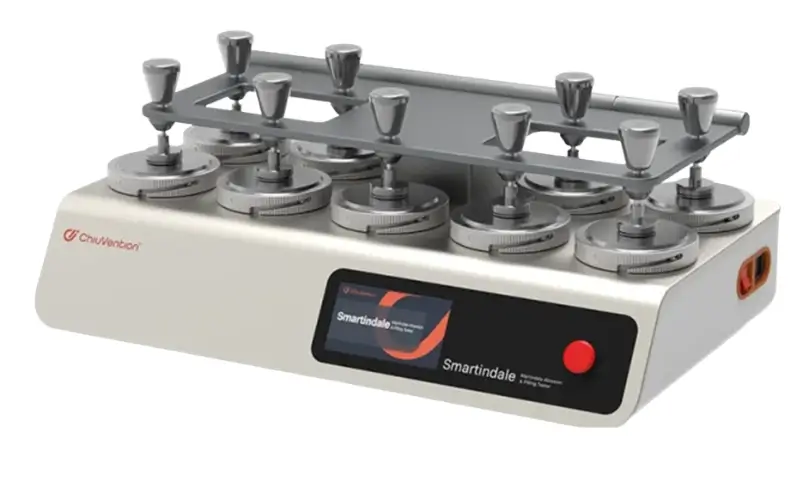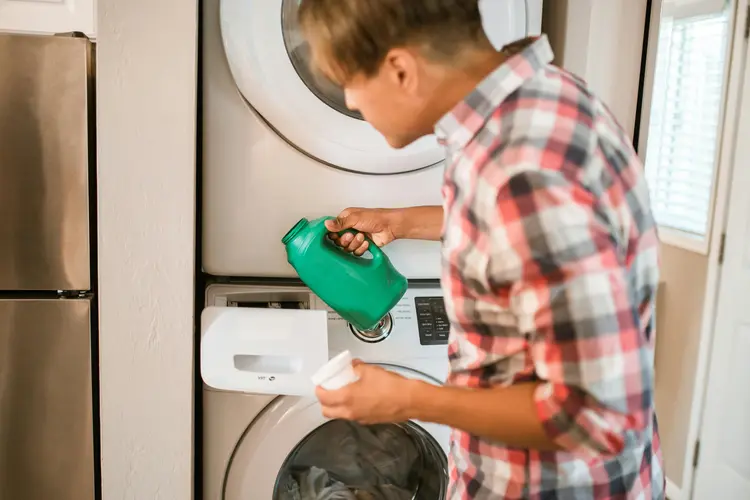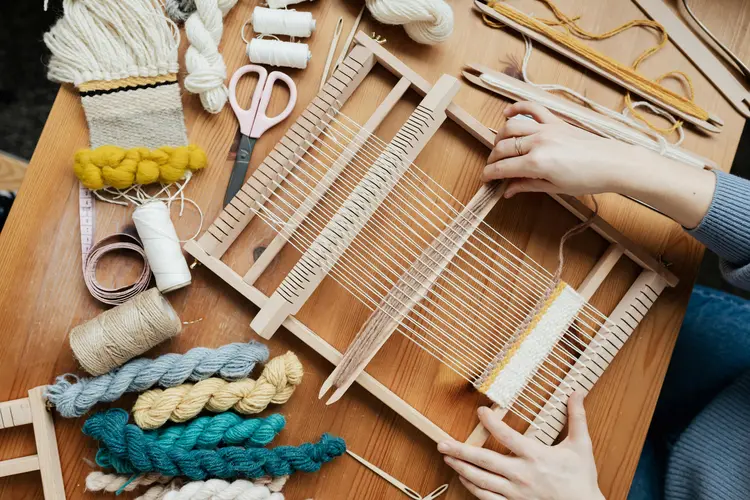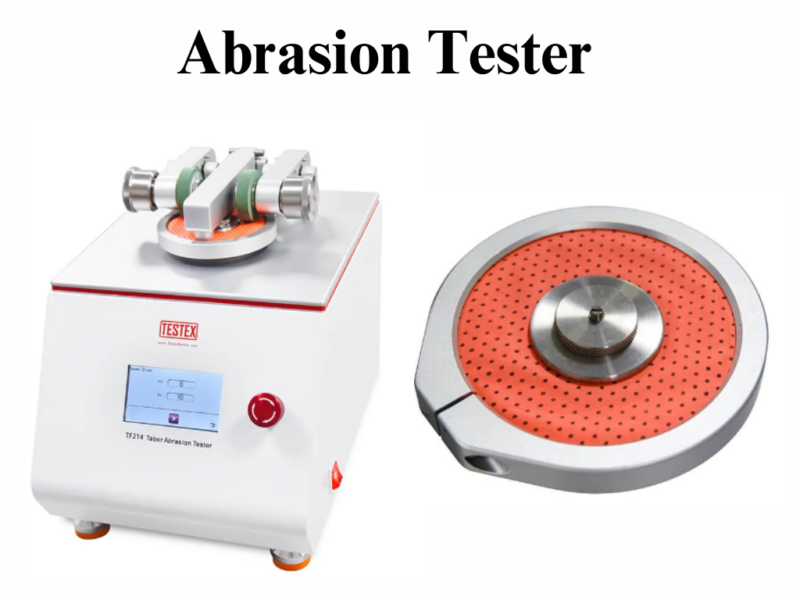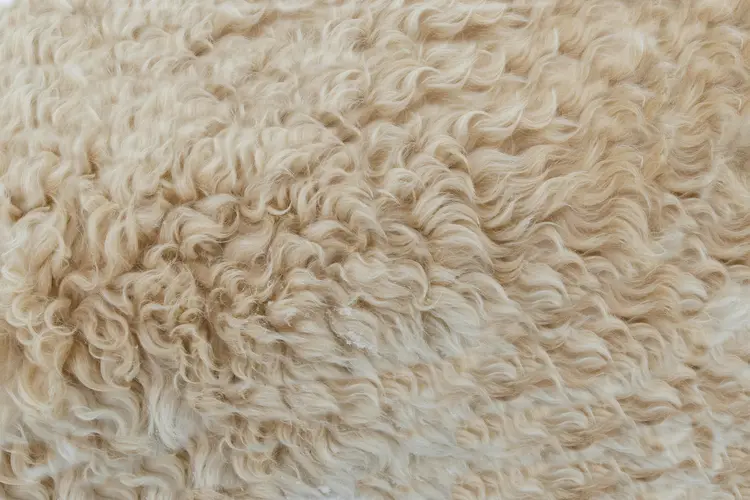You’ve been there: you find the perfect sofa, the ideal pair of jeans, or a gorgeous new office chair. It looks great, feels comfortable, and fits your style perfectly. But then, after a few months of use, the dreaded signs appear. That once-smooth fabric on the armrest is now covered[…]
Waterproof Fabric Test: A Guide to Hydrostatic Head Testing
When you buy a rain jacket, a tent, or outdoor gear, one question matters more than most: is the fabric really waterproof? A material may look protective at first, but under heavy rain or pressure, water can find its way through. That is why manufacturers and researchers rely on a[…]
How to Operate Air Permeability Tester?
Have you ever wondered how breathable an item like a sports jacket is, or how well air passes through a surgical mask? The answer can be found using a device known as an air permeability tester. This piece of equipment measures the resistance a material offers to air flow, thus[…]
Is Fabric Softener Toxic To The Human Body?
What is the purpose of fabric softener? Fabric softener adds a soft, fresh scent to clothes while also reducing static and making fabrics feel softer. It’s typically added to the washing machine during the rinse cycle. By lowering friction between the fibers, it creates a smoother texture and reduces static[…]
Weaving Processes on a Handloom
Weaving On A Handloom Weaving is one of the oldest ways people have made fabric, where two strands of yarn or thread cross over each other at right angles to form cloth. The simple tool that brings this process to life is the loom. The loom is the heart of[…]
The Function of an Abrasion Tester
What Are Abrasion Testing Devices? Abrasion testers are machines used to gauge a material’s resistance to abrasion, which is the process of surface wear caused by rubbing or friction. These devices play a vital role in industries like textiles, automotive, and construction, where assessing the durability and performance of materials[…]
Merino Wool: History, Benefits and Features
What Is Merino Wool? Merino wool is a favorite fabric worldwide, prized for its affordability and durability. Harvested from Merino sheep, this wool is not only cost-effective but also resilient, adding to its broad appeal. Like all wool, Merino is highly absorbent, water-resistant, and insulating, making it perfect for undergarments[…]

